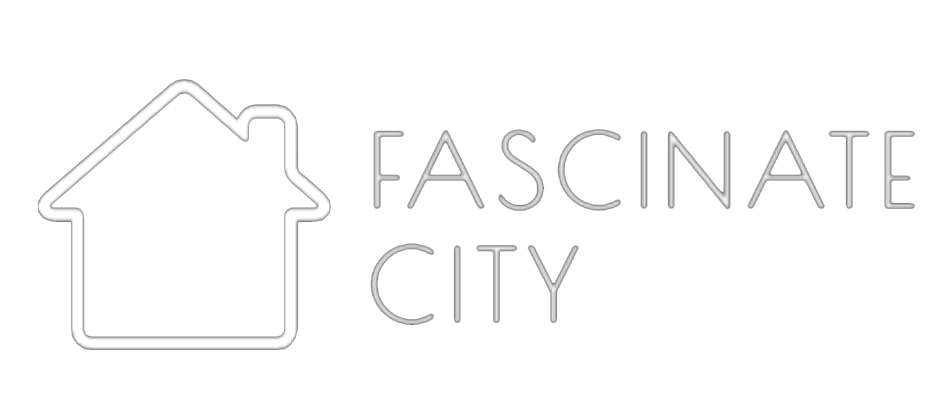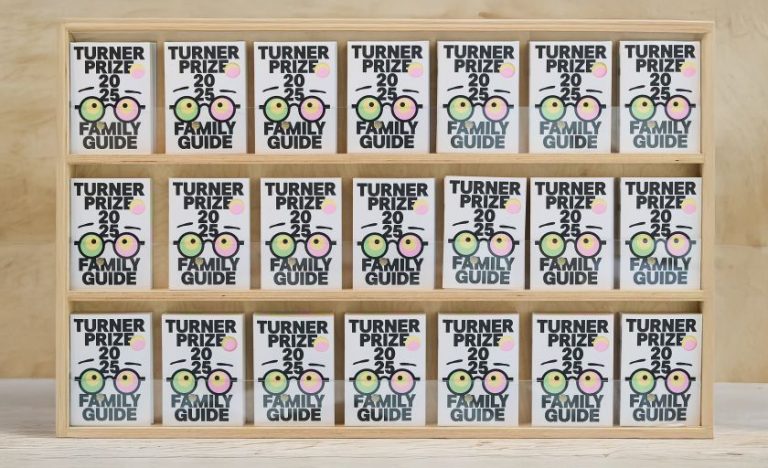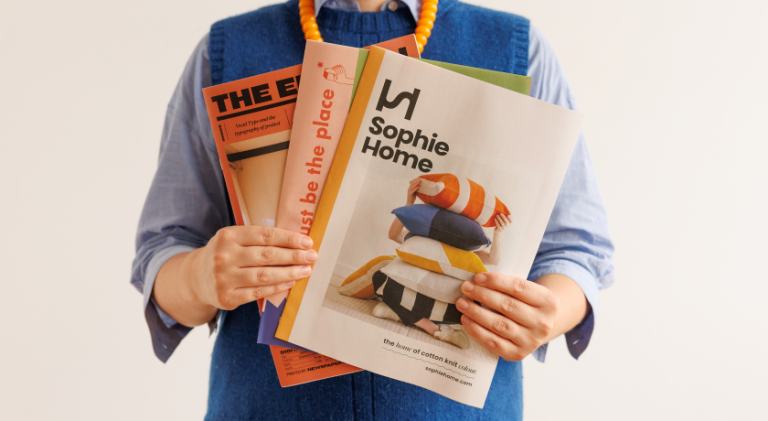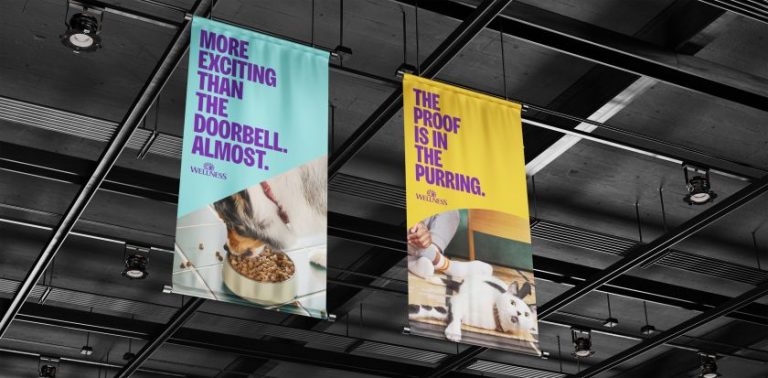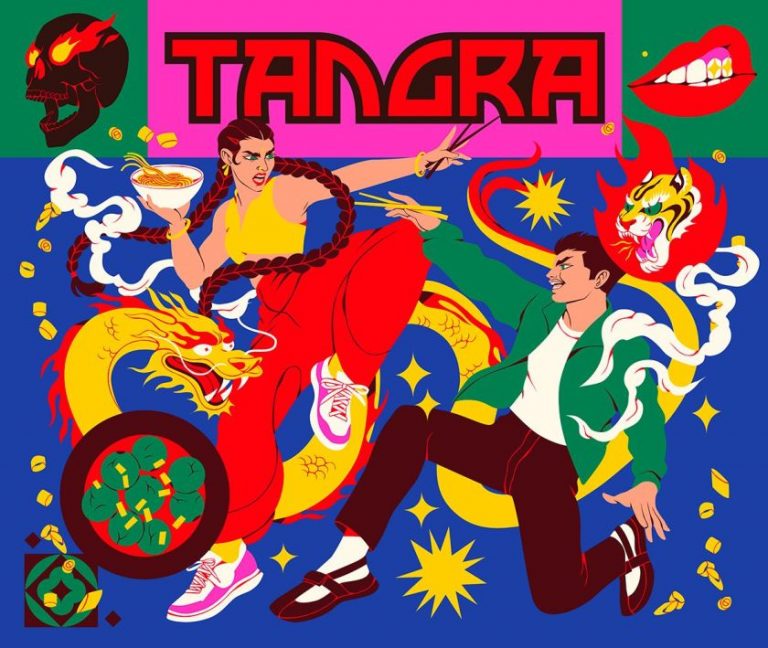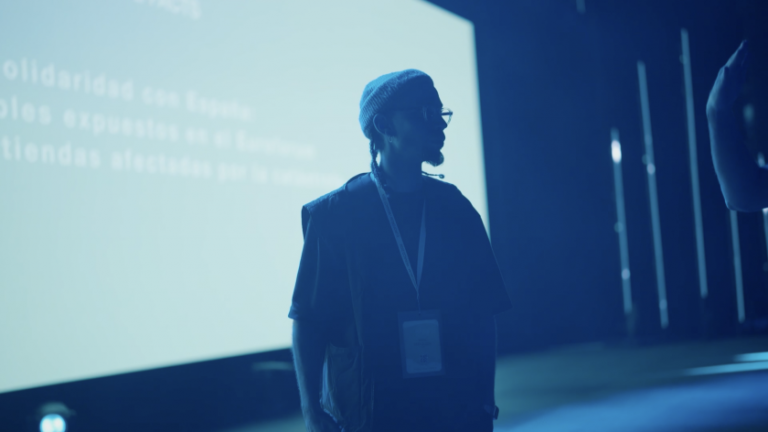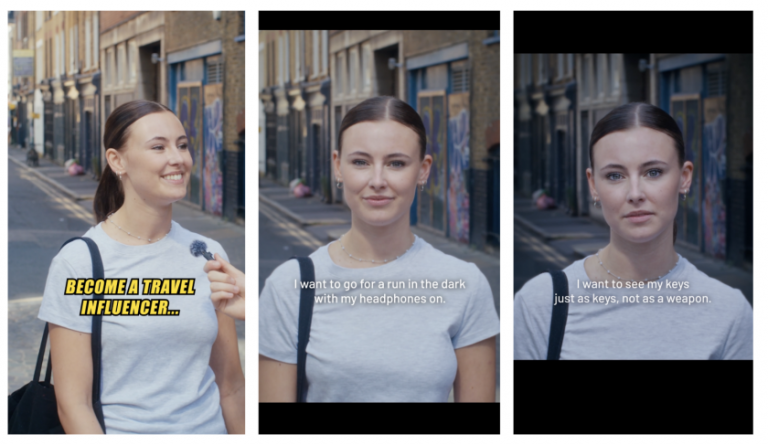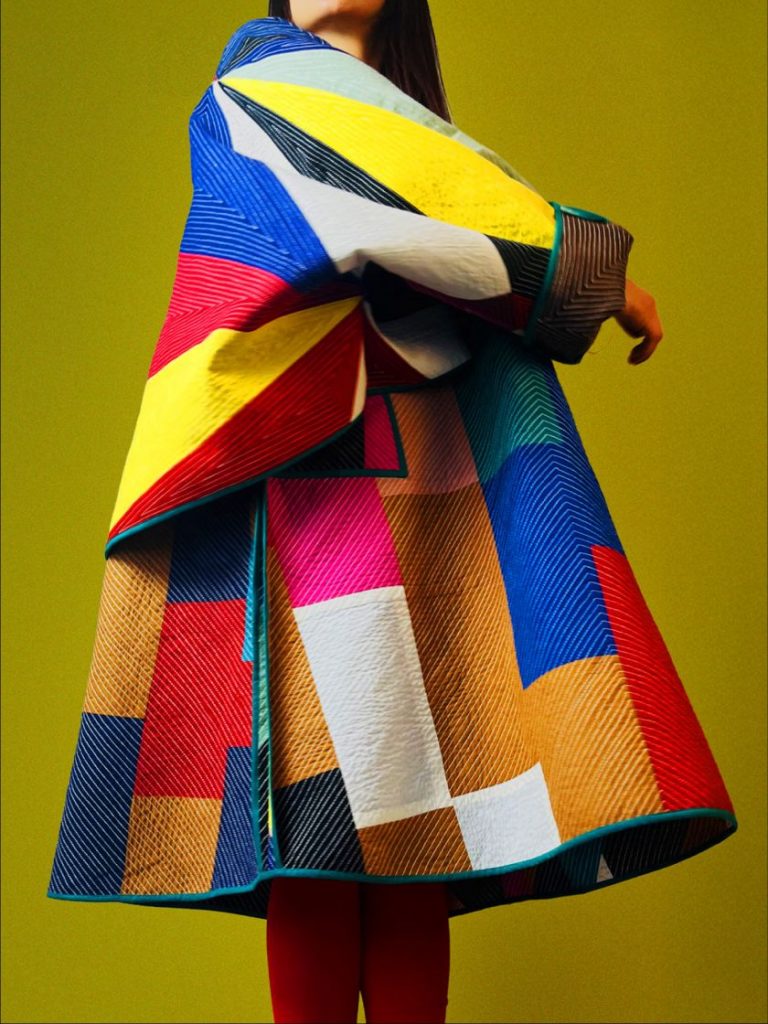NAM and Warriors Studio’s branding for the Glasgow creative conference highlights how questioning the meaning of ‘functional’ can lead to more exciting design choices.
When I first saw the stone typography for International Assembly‘s 2025 identity, I had to look twice. These massive, pockmarked letterforms look like ancient ruins, all cratered surfaces and eroded edges. The letters push right up against abstraction, dissolving into sculptural forms. And let’s be honest: ‘readability’ has not been the top priority here.
NAM (aka Nam Huynh and Mark Bohle) and Warriors Studio have created something genuinely thought-provoking here. This identity uses barely readable stone typography as its central element, pairing it with crisp subtitles in Neue Haas Grotesk, which sit neatly underneath. It’s playful, slightly absurd, and completely considered.
Function isn’t what you think it is
Here’s the thing that makes this work so well for a design festival. We spend our entire careers being told what “functional” design looks like: road signs, instructional diagrams, reductive symbols, minimalism. But what happens when the function of your design is to excite people and intrigue them? When your job is to make creatives stop and think?
And that’s where this identity gets clever. For an audience of designers attending a festival, creating something unfamiliar and boundary-pushing is actually more successful as “functional” design than playing it safe. You’ve got license to question conventions when you’re speaking to your peers.
Note, too, that the stone forms themselves are properly crafted. This isn’t just a texture slapped onto some letters. NAM started by laying out typography in 2D, then extruded it into 3D meshes, and imported everything into VR. They then used a virtual ice-cream scoop to carve out each letter by hand. You can see the handmade quality in the irregular surfaces and the way light catches the carved-out sections. It’s digital craft at its best.
Why subtitles change everything
The subtitle system, meanwhile, is what transforms this from an experiment into a working identity. The clean lines of Neue Haas Grotesk, positioned below the heavily textured stone headlines, create a tension that propels the whole design forward.
To my mind, this tension between opacity and clarity neatly mirrors where design sits today. We’re constantly negotiating between pushing boundaries and making things work; between experimentation and clarity; between what we want to do and what we need to do.
NAM also brought in FK Raster by Florian Karsten, which they describe as adding “some crunchy popcorn taste” alongside the heavy stone and clean Grotesk. It’s a nice third voice that stops the two-font system from feeling too binary.
The cinematic reference matters too. Film subtitles create exactly this kind of tension; experimentation sits right next to functionality. That magical feeling of watching something unfold in a darkened cinema connects perfectly to the festival experience. Everything sits on rich black backgrounds, creating a sense of anticipation and waiting for something special to begin.
What designers can learn from this
The obvious takeaway from this project is “push the boundaries for creative audiences”. But there’s also a broader lesson here: that functionality shifts depending on what you’re actually trying to achieve. And sometimes questioning conventions serves your purpose better than following them.
If you’re designing for a festival speaking directly to designers, you’ve got permission to push further than you would for other contexts. The audience is different. Their expectations are different. What counts as “working” is different. Warriors and NAM wanted to use the festival as a platform to question their daily activities and critique expectations around functionality.
This doesn’t mean, of course, that barely readable typography is suddenly appropriate everywhere. It means thinking harder about what your design actually needs to do.
If it needs to excite and intrigue rather than simply inform, if it’s speaking to an audience who values being challenged, then maybe that bold, textured treatment is actually the most functional choice you could make.
Why it worked
The collaboration between NAM and Warriors worked so well, partly because of their shared history. They’ve exhibited together, run workshops together, and travelled together. NAM has been visiting the festival for years, absorbing its atmosphere. That deep understanding of the event’s energy meant they could capture something authentic. Warriors describe it as NAM bringing out “the energy and vibe of the festival better than we ever could”.
The result is an identity that questions conventions while still doing its job brilliantly.
Information stays completely accessible through the subtitle system. The stone typography creates impact and memorability. The abstract symbols (a globe for international scope, coordinate systems for design’s place in society) add conceptual depth. Even the page numbers in the International Poster Book join the parade, marching from corner to corner across 260 pages, expanding and contracting like breathing creatures.
It’s a reminder that critique and function can coexist. That you can push boundaries and still communicate clearly. And most importantly, that “functional” design isn’t one thing – it’s whatever successfully achieves your actual goal.
And the event itself? International Assembly runs from 6–21 November 2025 in Glasgow. The conference itself happens on one day in the Royal Concert Hall – doors open at 8am, and talks run from 9:30 am to 6pm. There won’t be any recordings, by the way, so you’ve got to be there. Given this identity’s emphasis on experience and questioning, this feels entirely appropriate. Some things demand your full attention.
